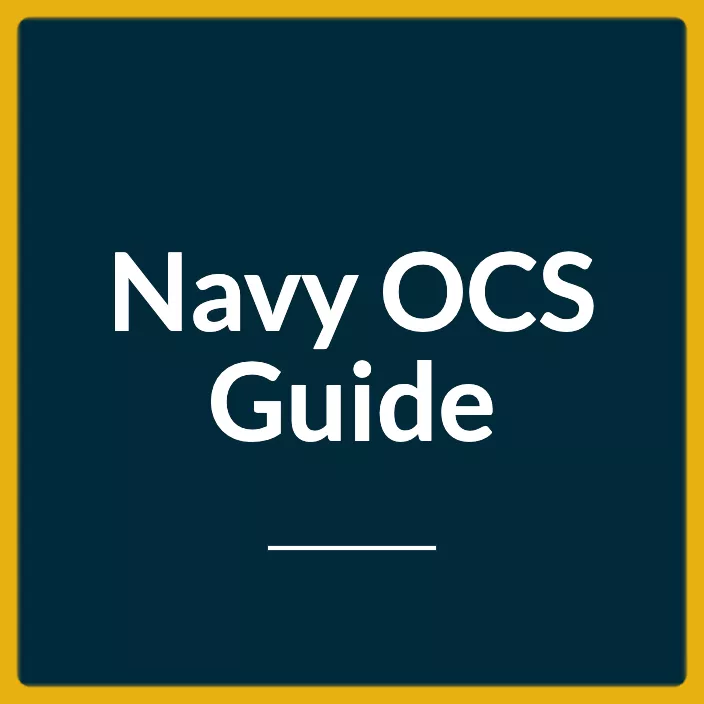Last Updated on September 13, 2023
When one thinks about the Navy, often what comes to mind are submarines, aircraft carriers, and highly trained military personnel.
While these elements are indeed pivotal, there’s another critical component often overlooked: the infrastructure that supports these naval operations.
Enter NAVFAC, the backbone in the engineering, construction, and maintenance of the Navy’s facilities worldwide.
This article aims to give you an insider look into what NAVFAC is, what it does, how it’s structured, and the career roles Navy Officers can undertake within this key institution.
What Does NAVFAC Stand For?
NAVFAC is the acronym for Naval Facilities Engineering Systems Command. Previously known as the Naval Facilities Engineering Command, this institution represents more than a set of letters.

NAVFAC is crucial to the operational efficiency and global capabilities of both the U.S. Navy and the U.S. Marine Corps. It’s a specialized branch of the Navy that focuses on the architecture, engineering, and construction of all naval facilities, both stateside and overseas.
From building advanced research labs to deploying emergency facilities in disaster-stricken areas, NAVFAC covers it all.
The Mission of NAVFAC
The mission of the NAVFAC is both broad and specialized. Simply put, it provides the United States Navy and Marine Corps with the facilities and engineering services they require to execute their missions effectively.
However, let’s break down the mission into its key areas for a more granular understanding.
Key Areas of Responsibility
- Construction: NAVFAC is in charge of constructing every structure you could think of in a naval environment. This includes, but is not limited to, naval bases, airfields, training facilities, and even residences for naval personnel.
- Engineering Services: Any technical expertise needed for a project within the Navy, such as electrical systems, water treatment, or even air-conditioning, is NAVFAC’s domain.
- Public Works: Maintenance and repairs of these facilities also fall under NAVFAC’s purview. They ensure that existing infrastructure is functional and up-to-date.
- Environmental Leadership: NAVFAC doesn’t just build and maintain; it also considers the environmental impact of its projects. It starts and manages eco-friendly practices, from waste management to sustainable energy solutions.
- Contingency Support: In times of natural disasters or other emergencies, NAVFAC provides quick and effective engineering solutions. This can include constructing temporary housing or repairing damaged infrastructure.
NAVFAC’s Organizational Structure
NAVFAC is a complex institution with multiple layers. It is typically headed by a Commander, an admiral who oversees its myriad functions.
Under the Commander are eight ‘Engineering Systems Centers’ and a multitude of ‘Public Works Department,’ strategically located around the world to support the Navy’s global presence.
NAVFAC Divisions
- NAVFAC Atlantic: This division mainly focuses on the Atlantic region, including the Eastern United States and Europe.
- NAVFAC Pacific: Here, the focus is on the Pacific area, covering territories like Hawaii and East Asia.
- NAVFAC Southwest: Specializes in the Southwest United States and is pivotal for operations that occur close to the Mexican border.
- NAVFAC Mid-Atlantic: This division covers the middle Atlantic states and often works closely with the NAVFAC Atlantic.
- NAVFAC Southeast: Focuses on the southeastern United States and the Caribbean.
- NAVFAC Washington: Centered on the U.S. capital, this division plays a key role in many high-profile projects.
- NAVFAC Northwest: This division serves the northwestern United States, including Alaska.
- NAVFAC Europe, Africa, Southwest Asia: As the name suggests, this division focuses on Europe, Africa, and parts of Asia.
Each division is equipped to handle the unique challenges and requirements of its geographical area, and all work cohesively to fulfill NAVFAC’s overall mission.
Roles for Navy Officers in NAVFAC
Navy Officers can serve in NAVFAC in various capacities, each contributing significantly to the success of naval operations.
Key Officer Roles
- Project Managers: Officers in this role directly manage NAVFAC’s construction and engineering projects. They ensure projects are completed on time, within budget, and by the quality standards.
- Operations Officers: They supervise a variety of engineering activities and personnel. From the initial design phase to the operational phase, these officers oversee every detail.
- Contract Managers: These officers specialize in the legal and financial aspects, ensuring that contractual agreements are honored, and performance metrics are met.
- Environmental Officers: These officers are pivotal in guiding NAVFAC’s sustainability and environmental initiatives, ensuring projects comply with local, federal, and global environmental laws.
Career Progression and Training
NAVFAC is a great place for Navy Officers who are keen on career growth. To prepare for a role within NAVFAC, officers usually attend specialized training at the Civil Engineer Corps Officers School (CECOS).
The curriculum covers everything from project management to advanced engineering concepts.
These officers are part of the Navy’s Civil Engineer Corps (CEC).
As officers climb the ladder, they can take on more responsibilities, eventually commanding an entire Engineering Systems Center.
Importance of NAVFAC
NAVFAC’s role extends beyond just building and maintaining structures. It plays a vital role in ensuring that the Navy can fulfill its mission.
From establishing secure communication networks to upgrading the electrical systems on an aircraft carrier, NAVFAC projects are critical to national security.
Examples of NAVFAC Projects
- Naval Hospital: Imagine a state-of-the-art naval hospital equipped with the latest medical technology; NAVFAC was behind its construction.
- Runway Upgrades: To accommodate new types of aircraft, NAVFAC oversees the upgrade of existing runways, making them longer, stronger, and more advanced.
- Energy-Efficient Systems: NAVFAC is currently installing energy-efficient heating and cooling systems across many naval bases, reducing both costs and carbon footprints.
Conclusion
In sum, NAVFAC is far more than just a construction and engineering arm of the U.S. Navy. It is an integral entity that plays a vital role in the operational effectiveness of the Navy and Marine Corps.
For Navy Officers, a career in NAVFAC is not just a job; it’s a calling that offers both challenges and rewards.
Understanding NAVFAC can give you a glimpse into how the Navy maintains its global presence and supports its personnel in carrying out their missions effectively.
So, the next time NAVFAC crosses your mind or conversation, you’ll have a well-rounded understanding of its crucial role in our nation’s defense.

